
Wildlife Bridges: The Real Life Animal Crossings
What are Wildlife Bridges?
Last week we talked about the issue of habitat fragmentation. Today I’m proposing a tried and tested, simple solution: wildlife bridges.
Habitat fragmentation is all about how we are dividing up wildlife habitats into discrete chunks which animals are unable to move between.
Roads are the classic example. Thousands of animals each year become roadkill. But it’s avoidable!
A simple bridge can be genuinely life saving for individuals that would otherwise be hit by cars, and for species which are no longer divided by a road.
You might like to take a look at this video to build a picture in your mind of what a wildlife bridge might look like:
Let’s take a closer look at 4 examples, some of which you saw in that video.
Zooming In on Wildlife Bridge Examples
1. Banff National Park
I was lucky enough to take a road trip to western Canada last year.
Every now and then we passed signs at the side of the road warning you to watch out for moose, elk and bears. Each time I got a little frisson of anticipation in my tummy. I had my fingers crossed at all times and barely dared blink in case one showed up and I missed it.
Really though, this excitement was misplaced because animals in the roads are a serious hazard for Canadian wildlife.
It might seem then, like the idea of a bridge isn’t particularly pioneering. When it comes to wildlife bridges, however, Banff National Park in Canada has really led the way.
It’s now home to 44 wildlife crossings in the form of both bridges and tunnels- the most anywhere on the planet as it stands…and I never noticed a single one of them.
That’s because from the road, you see nothing but a bridge. If you’re walking you can’t actually reach them as they are reserved for wildlife, but if you could, you’d see only an extension of the existing environment.
The bridges are covered in the same grass and trees as anywhere else and nature has been allowed to do it’s thing.
In the intervening years, 11 species of large mammals have been recorded using the crossings to safely traverse the roads. This has reduced costly collisions by 80% on that stretch of the trans-Canada highway!
2. Bukit Timah Expressway Eco-Link
The Bukit Timah expressway in Singapore separates two nature reserves, both of which are home to ecologically important forest ecosystems.
Previously, the wildlife on either side of the road could never mix. The resources on each side were exclusive to the individuals that were born there.
Endangered species like pangolins, forest geckos and giant squirrels were regularly hit and killed by cars, some never to return.
It took nearly 30 years for anyone to do anything about it, but in 2013, the first Eco-Link was built.
It provided a corridor for wildlife to move between the two reserves, each enjoying the spoils of the other and allowing populations from either side to breed with one another.
Pangolins are seen crossing at least monthly, implying that they may be recovering in the area.
The hope is that as the vegetation on the bridge grows in height and density, even more animals will be able to use it. Ideas of escape routes of animals trapped on roads, fencing to encourage wildlife towards the bridge and rope bridges for arboreal (tree dwelling) species have all been put forward as ways to develop in the future.
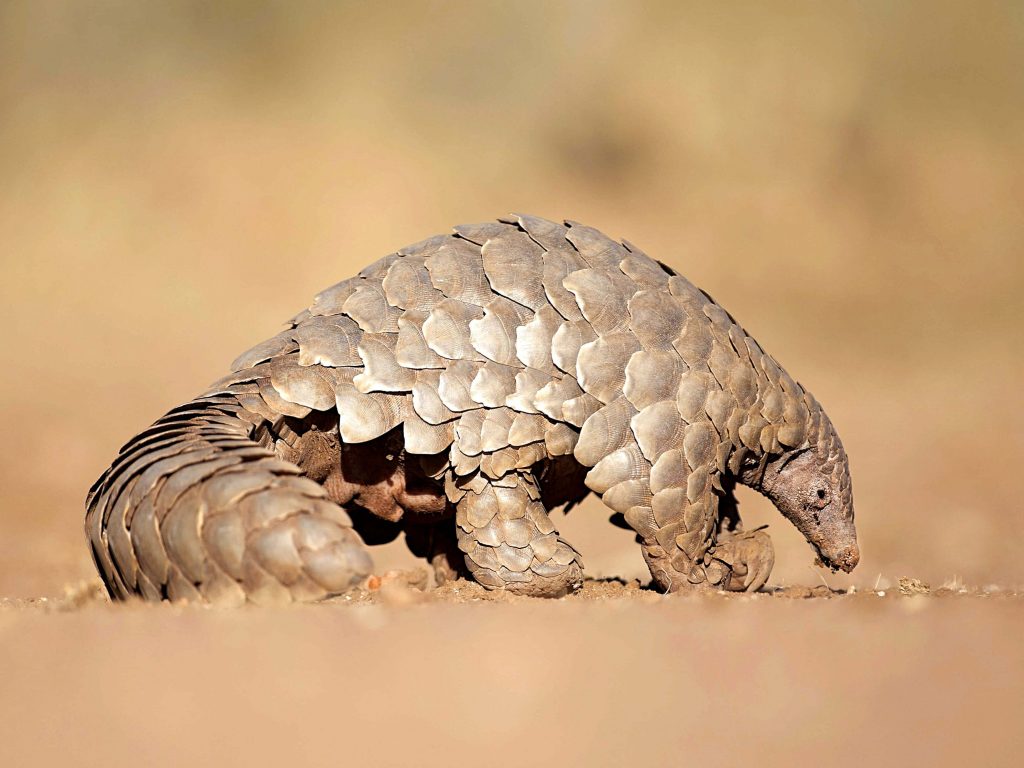
3. Blue Penguin Underpass
Animals don’t just have to go over- some prefer the privacy and shelter provided by going under.
A town in New Zealand called Oamaru has installed a tunnel for their resident population on Little Blue Penguins!
This case is particularly interesting for a couple of reasons.
The purpose of the tunnel isn’t just to allow the penguins to find a variety of mates and food. These penguins hunt at sea and then must cross the road to reach their nests and feed their chicks. The tunnel is actually imperative to them being able to successfully raise young.
Tourists also come to take pictures of the penguins. The flashes from the cameras combined with the lights from the cars confuse the poor little guys who then can’t find their way back to their nests. In the tunnel they are safe. This allows them to be the great penguin parents they were born to be.
4. Koala Resting Poles and Hume Highway Rope Bridge
As I mentioned earlier, sometimes, for arboreal animals the offer of a grassy chunk of land isn’t going to cut it. When you’re using to a life in the branches, the ground can seem a little to exposed!
Australia is home to a high number of these species and has found some super cheap but effective solutions for these animals.
Rope bridges can allow animals like squirrel gliders and possums to safely cross roads.
Meanwhile, poles have been erected near roads for sugar gliders to swoop between, with regular resting stops meaning they don’t put their lives at risk on the ground.
Y-shaped poles, known as Koala resting poles do exactly what the name implies. Koalas can travel on the ground but need to rest regularly. To do this they can climb the poles and nestle into the v at the top for a quick nap before continuing their travels.
The Future
This is a problem that not only does irreparable damage to wildlife but also costs money in damages and inconvenience to humans.
With such a simple solution at our fingertips, you would hope that it would seem like a no-brainer to be building wildlife bridges as a standard over all new roads and investing in more of them over existing roads.
Sadly, it all costs money. The Bukit Timah Expressway Eco-Link came at a cost of $12.3 million. Wildlife usually comes fairly far down the list of priorities for politicians, despite its indispensable value to our way of life.
Luckily, ARC (Animal Road Crossing) is a partnership which aims to find new and innovative ways to incorporate wildlife bridges into plans for infrastructure primarily across the US and Canada.
Here in the UK, the idea of so-called “green bridges” is now starting to catch on based on research produced by Natural England in 2015. A quick Google search indicates that a few such things do exist. However, I cannot find a government update since 2015.
One Wild Thing
Here in the UK we have one particular animal which requires more connectivity to aid its survival- hedgehogs.
Homes and gardens surrounded by fences act as a barrier to these animals.
Clearly, we can’t all be building bridges, but we can provide bridges in a more metaphorical sense to allow them to move freely.
A simple hole in a fence would do!
This week let’s get signing this petition to ask the government to consider making it essential that all new build houses with gardens have 13cm holes at the base of fences. It’ll make little difference to residents of the house but can have a huge impact on those in the garden!
If the petition is closed by the time you’ve reached this, if you have a wooden fence and are able to (don’t go drilling holes in rented property…and you might like to check with the neighbours first too), make your own little hedgehog hole!
I’d love to see pictures if you do, especially if some prickly new friends show up in your garden!
If you’re outside of the UK, consider the wildlife around you. Can you think of any species which might being experiencing barriers due to housing? How could you change where you live in order to help?



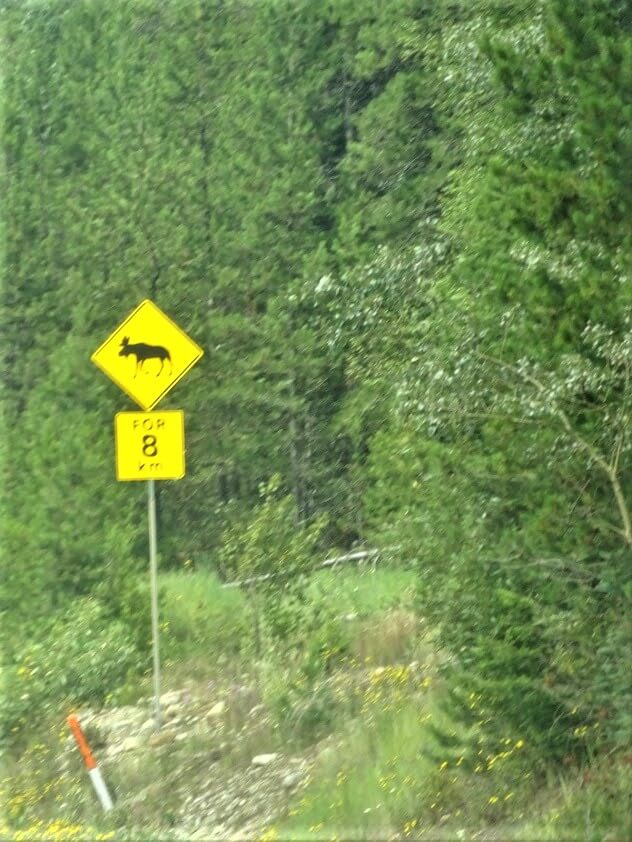
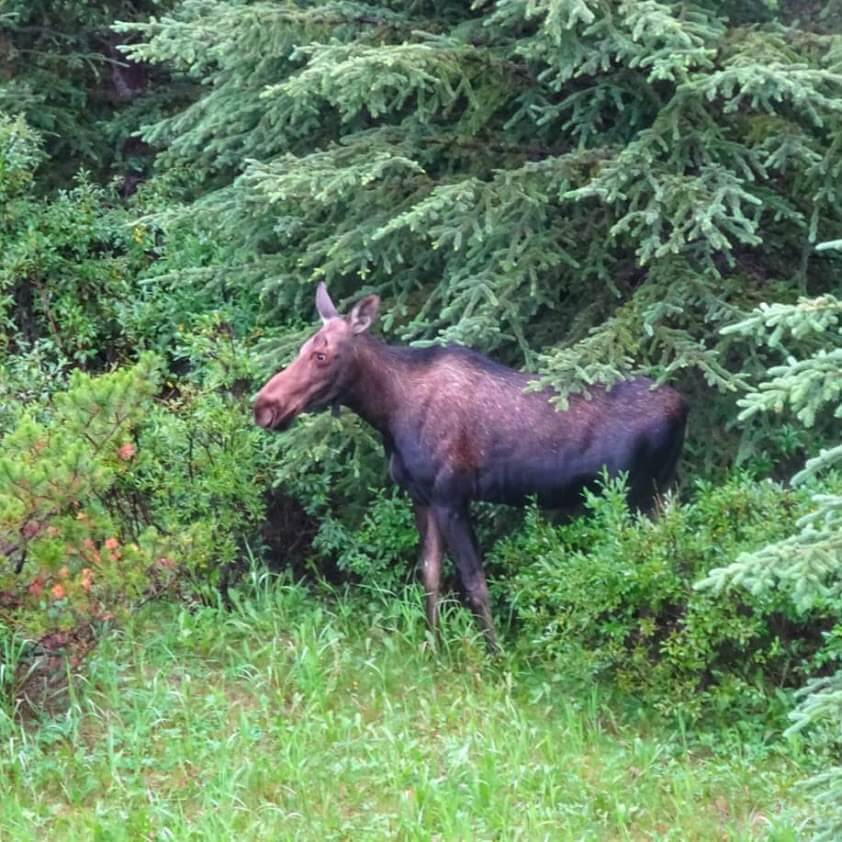
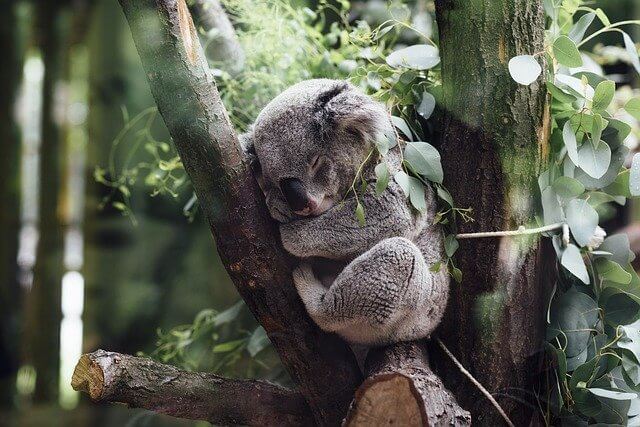
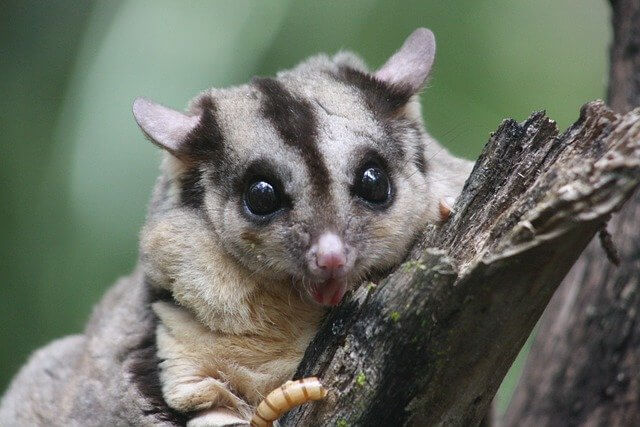
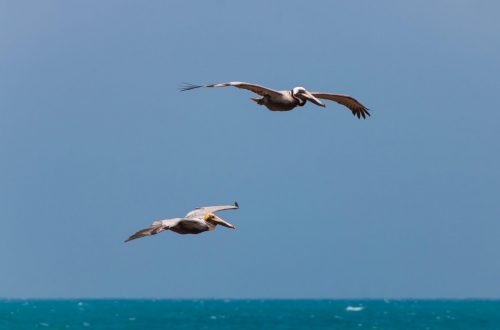
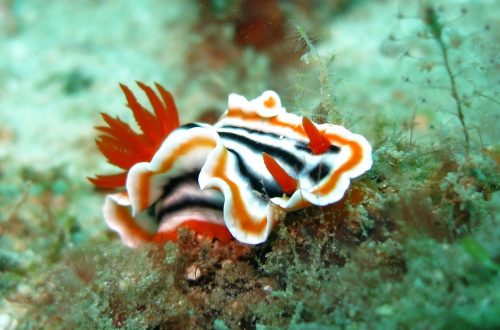
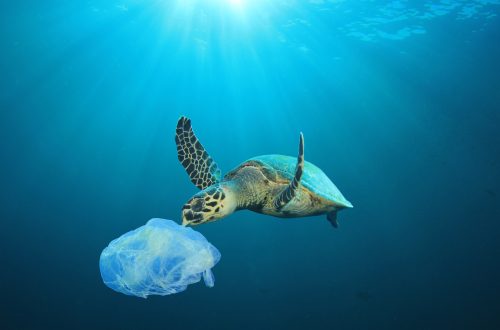
One Comment
Pingback: